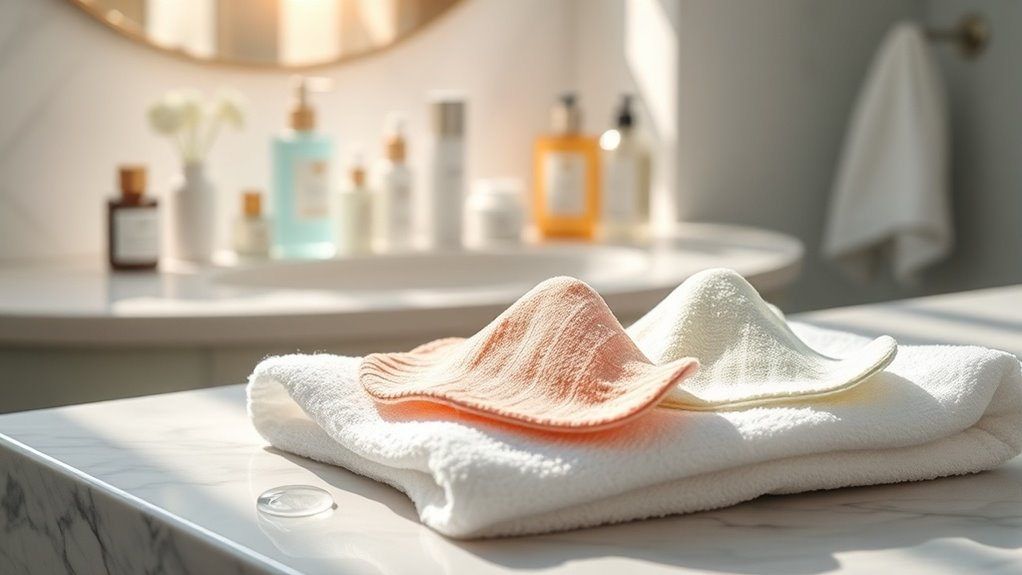3 Ways to Identify Your Skin Type in Under 60 Seconds
Identifying your skin type quickly can transform your skincare regime. There are three reliable methods to determine if you have oily, dry, or combination skin. Each method takes minimal time and provides clear insights into your skin’s behavior. Understanding your unique skin type is essential for selecting the right products. Want to know how to implement these quick tests? Let’s explore the specifics of each method.
The Bare-Faced Method
To accurately identify your skin type, the Bare-Faced Method offers a simple yet effective approach.
Begin your skin type test by cleansing your face with a gentle cleanser. Pat your skin dry, then wait an hour without applying products.
Observe how your skin behaves: if it feels oily, dry, or balanced. This straightforward method helps you determine your true skin type effectively. Additionally, understanding the distinct characteristics of skin types will aid in selecting the right products for your skin needs.
The Blotting Sheet Test
Although various methods can help identify your skin type, the Blotting Sheet Test is particularly effective for those seeking a quick and practical way to assess oiliness. Simply press a blotting sheet against your face and evaluate the results. Here’s a guide to help you interpret what the amount of oil truly means:
| Oil Level | Skin Type | Example |
|---|---|---|
| Little to None | Dry Skin | Flaky, tight skin |
| Moderate | Normal Skin | Smooth, balanced |
| Excessive | Oily Skin | Shiny, prone to acne |
In addition to the Blotting Sheet Test, tracking oil levels over a week can provide a more comprehensive understanding of your skin’s behavior under different conditions.
The 30-Minute Wait Test
The 30-Minute Wait Test offers another reliable method for determining your skin type.
Start by washing your face with a gentle cleanser and patting it dry. Wait 30 minutes without applying any products.
Afterward, observe how your skin feels. If it’s tight or dry, you’re likely dry skin. Oily areas suggest oily skin, while balance indicates combination skin. This approach helps you accurately classify your skin type, ensuring you can tailor your skincare routine to address your specific needs.

